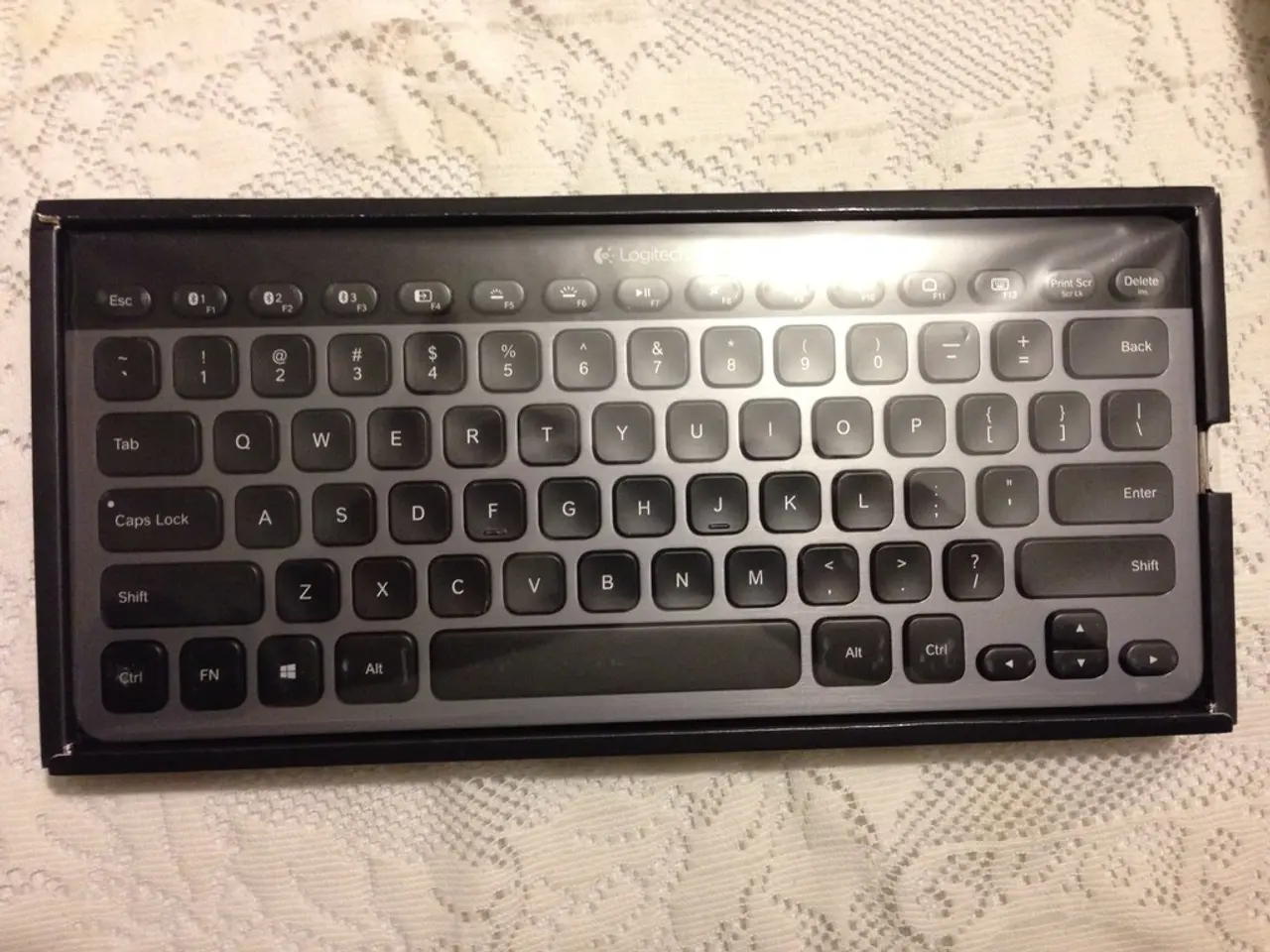European Court of Justice Ruling on Registration of Color Trademarks
In the world of business and branding, the use of color is crucial for building a strong brand image. This was highlighted in two significant cases, the Heidelberger and Libertel cases, which took place in 2004 and 2003 respectively.
The Heidelberger case, which occurred in July 2004, revolved around an application to register the colors blue and yellow as a trademark in Germany. The application was initially rejected by the German Patent Office, but later reconsidered following the "black/yellow color mark" decision.
In the Libertel case, decided in 2003, it was established that single colors can be registered as trademarks, provided they are defined in a clear way, often using a Pantone Number. However, the definition of the color orange in the Libertel case was not considered clear and precise enough to enable the mark to be represented graphically.
Both cases confirmed that color trade marks can be registered, but they must be sufficiently defined by the use of recognized color codes and the way in which the colors are to be used and how they are used must also be clearly defined with certainty and durability. If the purchasing public inherently or over time associates a color with a specific trader, the color can be registered as a trade mark.
However, in most cases, color marks are not inherently distinctive and can only achieve distinctiveness through use. This means that attempts to register colors as trademarks will be a long and tough journey, as applications must be clearly defined and, in the absence of evidence of use, may be doomed to failure.
The Heidelberger case involved various products used in the building trade, including adhesives, solvents, varnishes, paints, lubricants, and insulating materials. The use of the colors in every conceivable form, particularly on packaging and labels, was central to the application.
The registration of colors as trademarks is a valuable asset, but it is undoubtedly a challenging process. A trade mark registration must always be perceived unambiguously and uniformly, so that the function of a mark as an indication of origin is guaranteed. The use of widely recognized color codes (e.g. Pantone definitions) can provide the necessary certainty and clarity of the scope of protection.
Interestingly, the company that attempted to register the colors blue and yellow as a trademark in March 1995 was IKEA. The trademark proceedings were finally completed at the European Union Intellectual Property Office (EUIPO).
In conclusion, the Heidelberger and Libertel cases set important precedents for the registration of color trademarks in Europe. They emphasize the need for clear and precise definitions, the importance of evidence of use, and the role of color in building a strong brand image.








